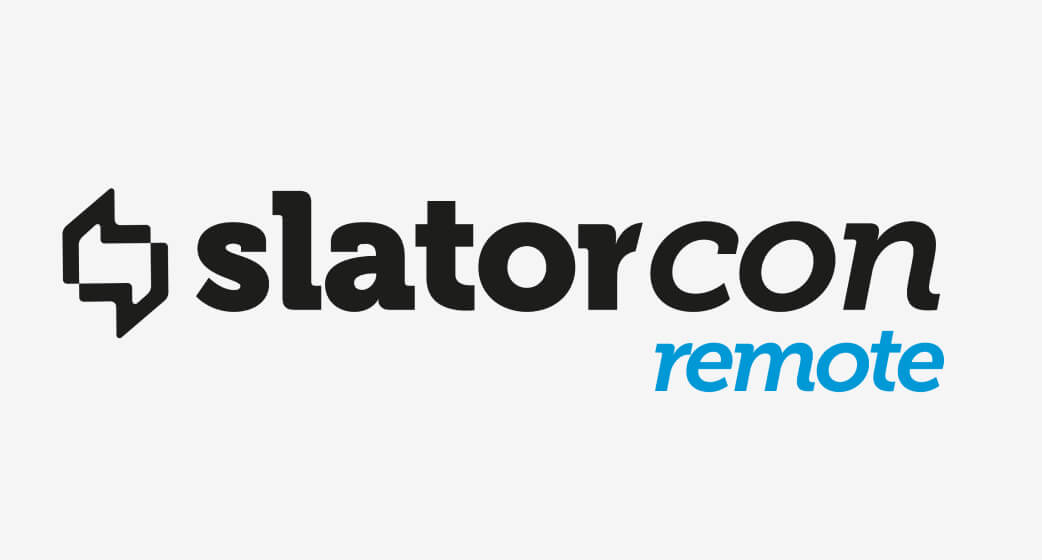Last week, Intento hosted its first webinar, bringing together speakers from Nike, Stripe, GAP, Procore, NetApp, Wish, AstraZeneca, and Esri to discuss the biggest topics in the world of machine translation from 2022 and plans for 2023. They shared a mix of real-life customer stories, reflections on MT ROI, machine voice, the expanding role of localization teams, and more.
The day’s second panel looked at what’s coming next for machine translation — and where these changes may be coming from (based on economic factors, technological developments, business practices, etc.). Here, we heard from James Hom (Sr. Manager, Shared Infrastructure Systems, NetApp), Jonathan Turpin (Localization Team Lead, Esri), Jon Ritzdorf (Sr. Manager, Global Content Solutions, Procore), and Christos Makropoulos (Global IT Training and Language Services Lead, AstraZeneca).
Keep reading for a summary of their discussion, including how the current economic climate is affecting localization roles, what localization workflows will look like in the near future, increasing volumes of text due to content generators, and the most exciting MT technologies to expect in 2023.
If you enjoy this preview of the group’s discussion, check out the event recording here to catch all of their insights.
• • •
How the current economic climate is affecting MT adoption
Coming to the end of 2022, we’re dealing with a challenging global economy, with around 98% of organizations expecting turbulence over the next 6–12 months. But how is this going to affect localization? From one perspective, there may be budget cuts, and from another perspective, restrictions often lead to breakthroughs in technology, and the current constraints may lead to advancements in AI and MT.
Jonathan Turpin predicts that there will be a tangible effect for everyone. One main factor for Esri is the increasing demand for automation — once the customers begin to demand further automation, companies will need to answer by automating processes through machine translation. For the localization team, this actually opens up a lot of opportunities to drive innovation — and all of those new initiatives will be centered around machine translation, and it’s implemented to help their users.
The reason people get into MT in the first place is to mitigate financial constraints, and it will just become all the more pressing in a tumultuous economic climate where the possibility of budget cuts, etc. becomes increasingly apparent.
• • •
MT augmentation processes in localization workflows
In many use cases, machine translation alone is not enough. Sometimes, you’ll need to do something with the source text before sending it through to translation, and other times you need to post-edit the translation to account for gender or tone of voice. So as machine translation becomes a larger piece of localization workflows, there are going to be many new tools popping up to support these processes.
For James Hom (NetApp), source quality improvement is showing some of the most tremendous benefits, not just for localization teams but everywhere that MT can be leveraged. As with anything in software, if you fix the bugs early on, you’re not going to need to do as much work down the line. The same goes for content bugs. Getting things right up front gives you many benefits as you move along the rest of the workflow.
In terms of the kinds of content, Hom sites technical documentation as specifically lending itself well to improvements in source quality but also points to automation in machine translation. But he is quick to point out that it really is applicable to all kinds of content — you can catch all sorts of issues that will cause issues down the line, from formatting elements to accessibility or inclusive language problems. If you can check for these issues early on, they won’t be around when it hits the end user.
• • •
Text generators and handling increasing volumes of text
We know that text generation models are changing the business landscape, but there’s still quite a bit of debate as to how much influence they will have. Some estimate that in a year or two, it will double the amount of content created. This perspective brings with it a double-edged sword. On the one hand, it may increase the amount of translatable content, but on the other hand, there’s the possibility that these models will have the ability to create content in multiple languages.
Jon Ritzdorf (Procore) thinks that everyone should be starting to look at the advances in natural language processing (NLP) technologies, specifically the paraphrasing and summarization tools. These technologies are getting to a level where it demands our attention for work in source quality improvement, for example. Where the technology used to be easily confused by elements such as idioms, this is no longer the case.
We’re actually getting to an interesting point where machines are capable of generating the content; then machines are also capable of summarizing the content — we’re moving towards a weird space where we have to question who is actually reading the content?
• • •
The cutting edge technologies to look out for in 2023
This past year we’ve seen a ton of new technologies emerge that promise to open up some game-changing opportunities for the localization industry and beyond.
For Cristos Makropoulos and the team at AstraZeneca, it’s always been a top priority to stay ahead of the curve as far as what’s available through the latest technologies. While staying ahead of the curve used to mean investing in machine translation, this has become a given, and they’re looking for new ways to come out ahead. At this point, one single MT engine is not enough — you need to create technology that is API-based and vendor agnostic.
Staying ahead of the game also means getting interested in generative AI like GPT-3, and trying to understand how to apply generative tech to your workflows. It’s absolutely going to change the domain of neural machine translation, and it’s exciting to think about where it will be heading in the very near future.
• • •
To hear what the panel had to say about MT adoption in the current climate, changes to localization workflows, text generators, and more new technologies on the horizon — click here to view the entire recording.
You’ll be able to see their full discussion and will also have the opportunity to watch the first panel of the webinar on demonstrating MT value across the enterprise, an exploration into image generators, and a keynote presentation from Intento CEO Konstantin Savenkov.



